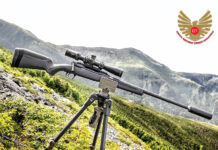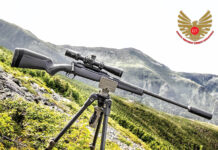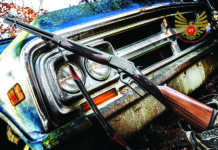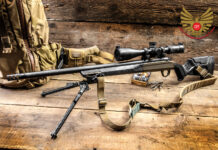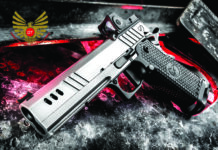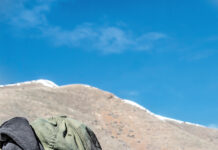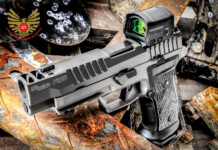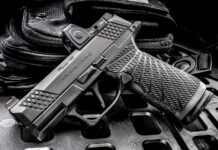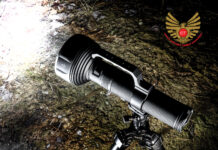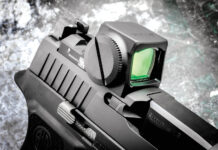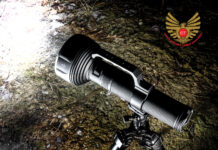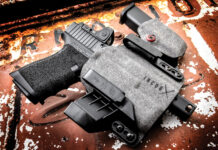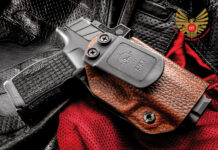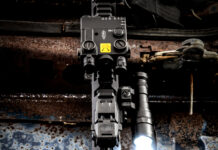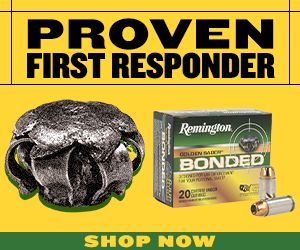Weather Proofing
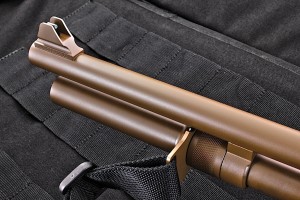 With the barrel work complete and all the parts now in the talented hands of Robar, it was time to start applying their specialty finishes. In our northern New Hampshire climate we get a fair amount of rain, but five to six months out the year that rain takes the form of snow, sleet and hail, combined with sub-freezing—frequently sub-zero—temperatures. Not being able. Having been completely unsuccessful in attempting to control the weather, we’ve instead become fanatics about making sure our guns will run in the worst climatic conditions.
With the barrel work complete and all the parts now in the talented hands of Robar, it was time to start applying their specialty finishes. In our northern New Hampshire climate we get a fair amount of rain, but five to six months out the year that rain takes the form of snow, sleet and hail, combined with sub-freezing—frequently sub-zero—temperatures. Not being able. Having been completely unsuccessful in attempting to control the weather, we’ve instead become fanatics about making sure our guns will run in the worst climatic conditions.
Water in any of its physical states—liquid water, water vapor or ice (snow)—raises hell with firearms. Exposure to water quickly results in rust and corrosion, and it’s a practical impossibility to get all of the water out of a gun’s internal components without complete disassembly. When a warm gun goes out into the cold an wet, the freezing precipitation melts and then quickly refreezes, which can put the gun out of action completely .
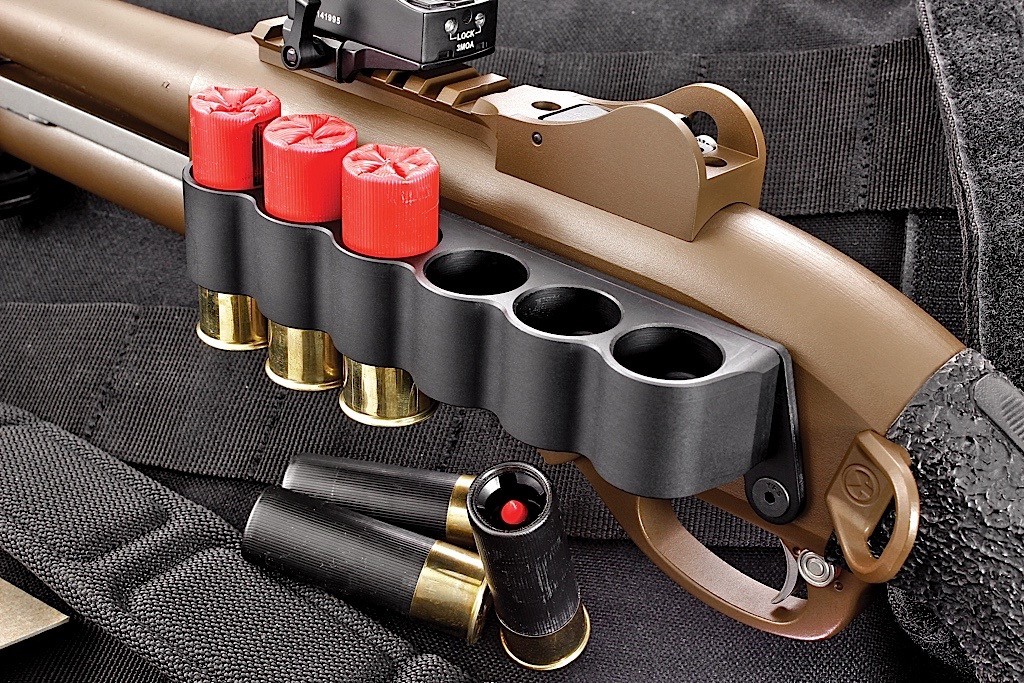
The best solution we’ve found to weatherproofing guns are two coating processes developed by Robar: Poly T-2 and NP3. Poly-T2 is a Teflon-based, modified epoxy coating specifically designed to prevent corrosion in harsh environments. Available in black, tan, dark OD green, gunmetal gray and a new burnt bronze, it provides corrosion protection that beats the ASTM-B-117 standard for 1,000 hours of salt spray exposure. It also provides maximum lubrication, and resistance to galling, seizing, impact, abrasion and chemical exposure. Poly-T2 is so tough that Robar provides an unconditional warranty against corrosion or flaking of the finish for the life of the gun to which it’s applied. Since we hadn’t used it yet, we chose the killer-looking burnt bronze color, and had Robar coat the 870’s receiver, barrel, magazine tube, trigger guard, slide release and a variety of aftermarket components we’ll discuss shortly.
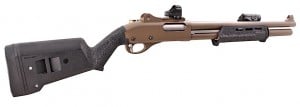 NP3 is an aerospace-accredited, satin gray, non-reflective surface coating for carbon steel, stainless steel and aluminum alloys that co-deposits sub-micron particles of Teflon with electroless nickel. It’s highly resistant to corrosion and is super slick, making it ideal for plating internal components to reduce friction, increase reliability and extend service life. It creates a very hard, slippery surface that requires no lubrication, so fouling—and especially ice—has nothing to cling to. Like Poly-T2, Robar guarantees NP3 against corrosion, peeling or flaking for the lifetime of the firearm.
NP3 is an aerospace-accredited, satin gray, non-reflective surface coating for carbon steel, stainless steel and aluminum alloys that co-deposits sub-micron particles of Teflon with electroless nickel. It’s highly resistant to corrosion and is super slick, making it ideal for plating internal components to reduce friction, increase reliability and extend service life. It creates a very hard, slippery surface that requires no lubrication, so fouling—and especially ice—has nothing to cling to. Like Poly-T2, Robar guarantees NP3 against corrosion, peeling or flaking for the lifetime of the firearm.
All of the 870’s internal components were coated with NP3, including the trigger shoe, trigger mechanism, action bars, bolt, shell lifter and take-down pins. In the process, they “smoothed” both the action and the trigger, taking out all but about 1/16” of trigger take-up and all of the creep and stacking. The trigger now breaks crisply at an average pull weight of 3 lbs. 9 oz.

